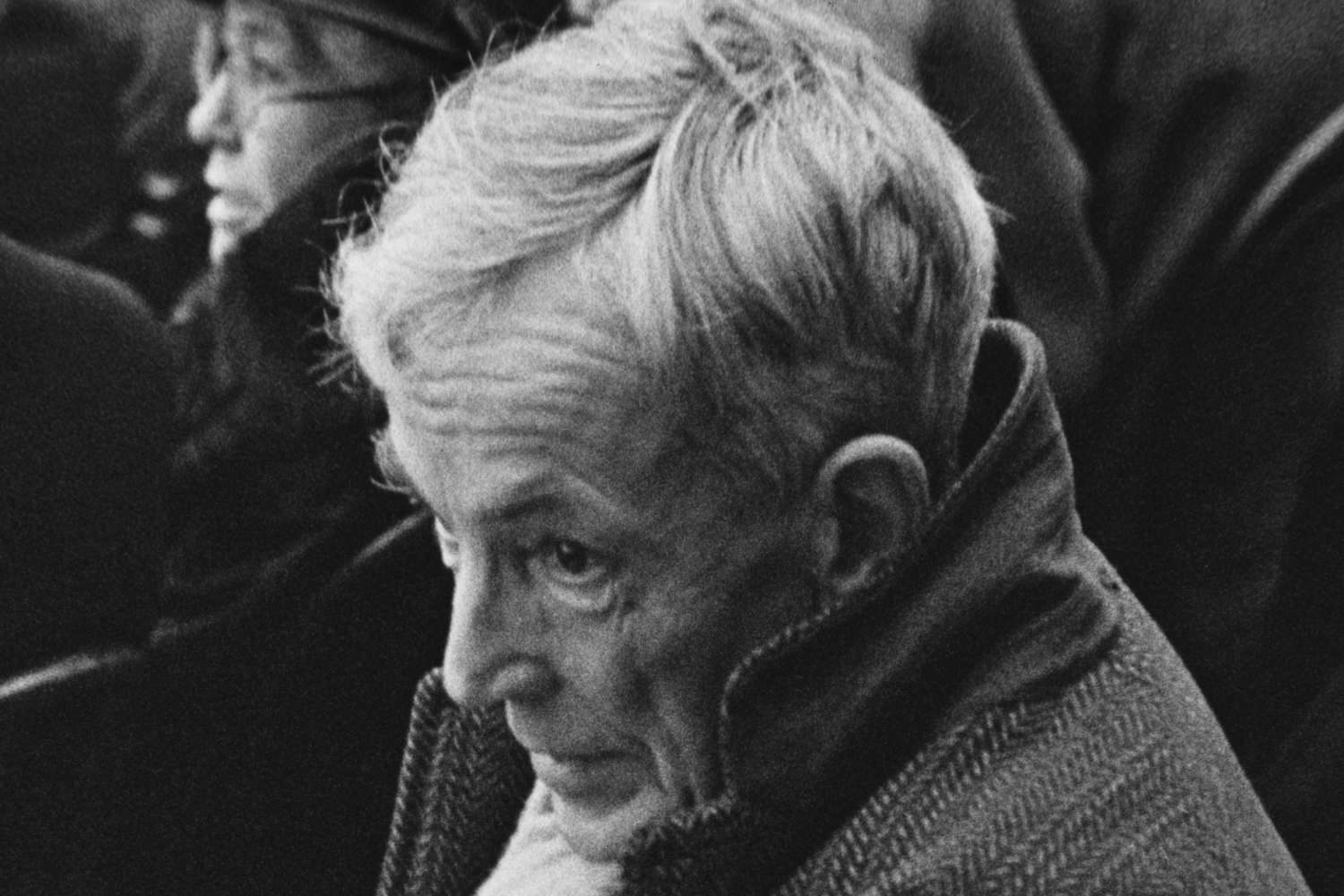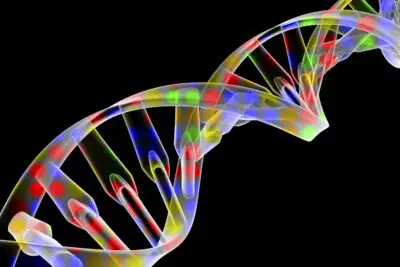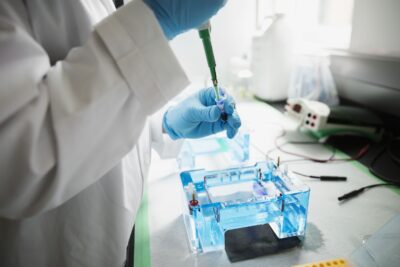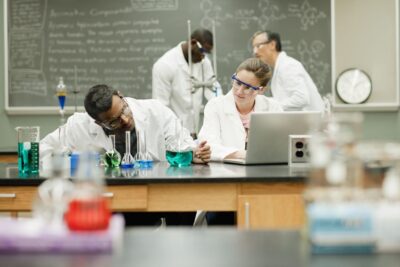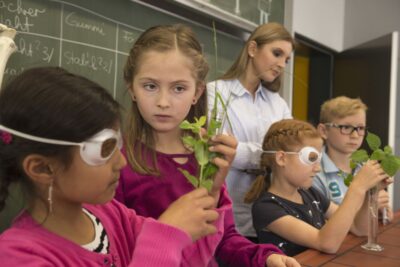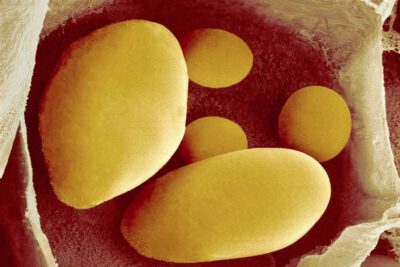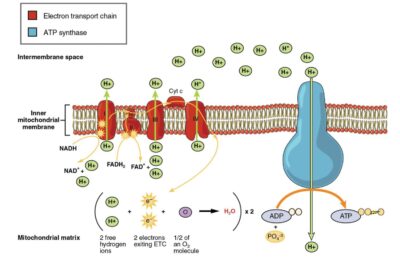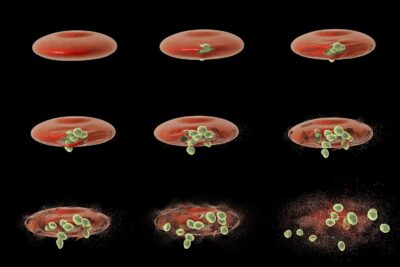
One of the most important principles of population genetics, the study of the genetic composition of and differences in populations, is the Hardy-Weinberg equilibrium principle. Also described as genetic equilibrium, this principle gives the genetic parameters for a population that is not evolving. In such a population, genetic variation and natural selection do not occur and the population does not experience changes in genotype and allele frequencies from generation to generation.
Key Takeaways
- Godfrey Hardy and Wilhelm Weinberg postulated the Hardy-Weinberg principle in the early 20th century. It predicts both allele and genotype frequencies in populations (non-evolving ones).
- The first condition that must be met for Hardy-Weinberg equilibrium is the lack of mutations in a population.
- The second condition that must be met for Hardy-Weinberg equilibrium is no gene flow in a population.
- The third condition that must be met is the population size must be sufficient so that there is no genetic drift.
- The fourth condition that must be met is random mating within the population.
- Finally, the fifth condition necessitates that natural selection must not occur.
Hardy-Weinberg Principle
Hardy-Weinberg Principle.
CNX OpenStax/Wikimedia Commons/CC BY Attribution 4.0
The Hardy-Weinberg principle was developed by the mathematician Godfrey Hardy and physician Wilhelm Weinberg in the early 1900's. They constructed a model for predicting genotype and allele frequencies in a non-evolving population. This model is based on five main assumptions or conditions that must be met in order for a population to exist in genetic equilibrium. These five main conditions are as follows:
Lectura relacionada: Cuestionario de Meiosis: Pon a Prueba tus Conocimientos sobre la Meiosis
Cuestionario de Meiosis: Pon a Prueba tus Conocimientos sobre la Meiosis- Mutations must not occur to introduce new alleles to the population.
- No gene flow can occur to increase variability in the gene pool.
- A very large population size is required to ensure allele frequency is not changed through genetic drift.
- Mating must be random in the population.
- Natural selection must not occur to alter gene frequencies.
The conditions required for genetic equilibrium are idealized as we don't see them occurring all at once in nature. As such, evolution does happen in populations. Based on the idealized conditions, Hardy and Weinberg developed an equation for predicting genetic outcomes in a non-evolving population over time.
This equation, p2 + 2pq + q2 = 1, is also known as the Hardy-Weinberg equilibrium equation.
It is useful for comparing changes in genotype frequencies in a population with the expected outcomes of a population at genetic equilibrium. In this equation, p2 represents the predicted frequency of homozygous dominant individuals in a population, 2pq represents the predicted frequency of heterozygous individuals, and q2 represents the predicted frequency of homozygous recessive individuals. In the development of this equation, Hardy and Weinberg extended established Mendelian genetics principles of inheritance to population genetics.
Lectura relacionada: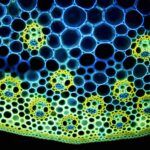 Sistemas de Tejidos Vegetales
Sistemas de Tejidos Vegetales
Mutations
Genetic Mutation.
BlackJack3D/E+/Getty Images
One of the conditions that must be met for Hardy-Weinberg equilibrium is the absence of mutations in a population. Mutations are permanent changes in the gene sequence of DNA. These changes alter genes and alleles leading to genetic variation in a population. Although mutations produce changes in the genotype of a population, they may or may not produce observable, or phenotypic changes. Mutations may impact individual genes or entire chromosomes. Gene mutations typically occur as either point mutations or base-pair insertions/deletions. In a point mutation, a single nucleotide base is changed altering the gene sequence. Base-pair insertions/deletions cause frame shift mutations in which the frame from which DNA is read during protein synthesis is shifted. This results in the production of faulty proteins. These mutations are passed on to subsequent generations through DNA replication.
Chromosome mutations may alter the structure of a chromosome or the number of chromosomes in a cell. Structural chromosome changes occur as a result of duplications or chromosome breakage. Should a piece of DNA become separated from a chromosome, it may relocate to a new position on another chromosome (translocation), it may reverse and be inserted back into the chromosome (inversion), or it may become lost during cell division (deletion). These structural mutations change gene sequences on chromosomal DNA producing gene variation. Chromosome mutations also occur due to changes in chromosome number. This commonly results from chromosome breakage or from the failure of chromosomes to separate correctly (nondisjunction) during meiosis or mitosis.
Lectura relacionada: 4 Tipos de Reacciones de Hipersensibilidad
4 Tipos de Reacciones de Hipersensibilidad
Gene Flow
Migrating Canadian Geese.
sharply_done/E+/Getty Images
At Hardy-Weinberg equilibrium, gene flow must not occur in the population. Gene flow, or gene migration occurs when allele frequencies in a population change as organisms migrate into or out of the population. Migration from one population to another introduces new alleles into an existing gene pool through sexual reproduction between members of the two populations. Gene flow is dependent upon migration between separated populations. Organisms must be able to travel long distances or transverse barriers (mountains, oceans, etc.) to migrate to another location and introduce new genes into an existing population. In non-mobile plant populations, such as angiosperms, gene flow may occur as pollen is carried by wind or by animals to distant locations.
Organisms migrating out of a population can also alter gene frequencies. Removal of genes from the gene pool reduces the occurrence of specific alleles and alters their frequency in the gene pool. Immigration brings genetic variation into a population and may help the population to adapt to environmental changes. However, immigration also makes it more difficult for optimal adaptation to occur in a stable environment. The emigration of genes (gene flow out of a population) could enable adaptation to a local environment, but could also lead to the loss of genetic diversity and possible extinction.
Genetic Drift
Genetic Drift / Population Bottleneck Effect.
OpenStax, Rice University/Wikimedia Commons/CC BY 4.0
A very large population, one of infinite size, is required for Hardy-Weinberg equilibrium. This condition is needed in order to combat the impact of genetic drift. Genetic drift is described as a change in the allele frequencies of a population that occurs by chance and not by natural selection. The smaller the population, the greater the impact of genetic drift. This is because the smaller the population, the more likely that some alleles will become fixed and others will become extinct. Removal of alleles from a population changes allele frequencies in the population. Allele frequencies are more likely to be maintained in larger populations due to the occurrence of alleles in a large number of individuals in the population.
Genetic drift does not result from adaptation but occurs by chance. The alleles that persist in the population may be either helpful or harmful to the organisms in the population. Two types of events promote genetic drift and extremely lower genetic diversity within a population. The first type of event is known as a population bottleneck. Bottleneck populations result from a population crash that occurs due to some type of catastrophic event that wipes out the majority of the population. The surviving population has limited diversity of alleles and a reduced gene pool from which to draw. A second example of genetic drift is observed in what is known as the founder effect. In this instance, a small group of individuals become separated from the main population and establish a new population. This colonial group does not have the full allele representation of the original group and will have different allele frequencies in the comparatively smaller gene pool.
Random Mating
Swan Courtship.
Andy Rouse/Photolibrary/Getty Images
Random mating is another condition required for Hardy-Weinberg equilibrium in a population. In random mating, individuals mate without preference for selected characteristics in their potential mate. In order to maintain genetic equilibrium, this mating must also result in the production of the same number of offspring for all females in the population. Non-random mating is commonly observed in nature through sexual selection. In sexual selection, an individual chooses a mate based on traits that are considered to be preferable. Traits, such as brightly colored feathers, brute strength, or large antlers indicate higher fitness.
Females, more so than males, are selective when choosing mates in order to improve the chances of survival for their young. Non-random mating changes allele frequencies in a population as individuals with desired traits are selected for mating more often than those without these traits. In some species, only select individuals get to mate. Over generations, alleles of the selected individuals will occur more often in the population's gene pool. As such, sexual selection contributes to population evolution.
Natural Selection
This red-eyed tree frog is well adapted for life in his habitat in Panama.
Brad Wilson, DVM/Moment/Getty Images
In order for a population to exist in Hardy-Weinberg equilibrium, natural selection must not occur. Natural selection is an important factor in biological evolution. When natural selection occurs, individuals in a population that are best adapted to their environment survive and produce more offspring than individuals that are not as well adapted. This results in a change in the genetic makeup of a population as more favorable alleles are passed on to the population as a whole. Natural selection changes the allele frequencies in a population. This change is not due to chance, as is the case with genetic drift, but the result of environmental adaptation.
The environment establishes which genetic variations are more favorable. These variations occur as a result of several factors. Gene mutation, gene flow, and genetic recombination during sexual reproduction are all factors that introduce variation and new gene combinations into a population. Traits favored by natural selection may be determined by a single gene or by many genes (polygenic traits). Examples of naturally selected traits include leaf modification in carnivorous plants, leaf resemblance in animals, and adaptive behavior defense mechanisms, such as playing dead.
Sources
- Frankham, Richard. “Genetic rescue of small inbred populations: meta-Analysis reveals large and consistent benefits of gene flow.” Molecular Ecology, 23 Mar. 2015, pp. 2610–2618, onlinelibrary.wiley.com/doi/10.1111/mec.13139/full.
- Reece, Jane B., and Neil A. Campbell. Campbell Biology. Benjamin Cummings, 2011.
- Samir, Okasha. “Population Genetics.” The Stanford Encyclopedia of Philosophy (Winter 2016 Edition), Edward N. Zalta (Ed.), 22 Sept. 2006, plato.stanford.edu/archives/win2016/entries/population-genetics/.

